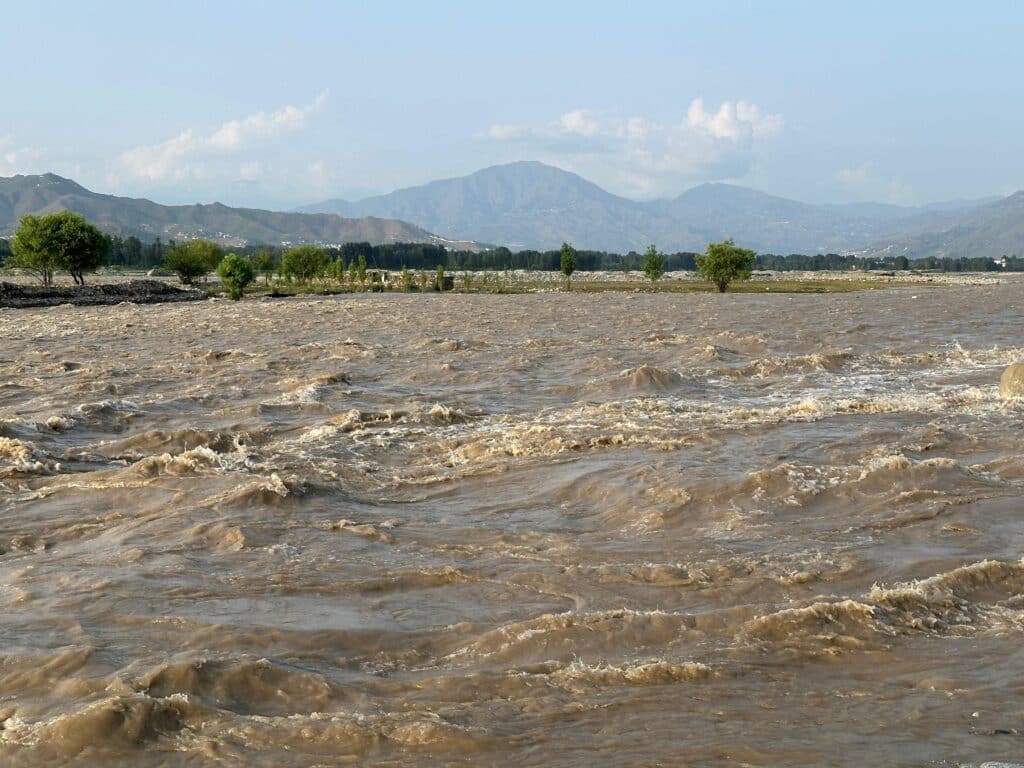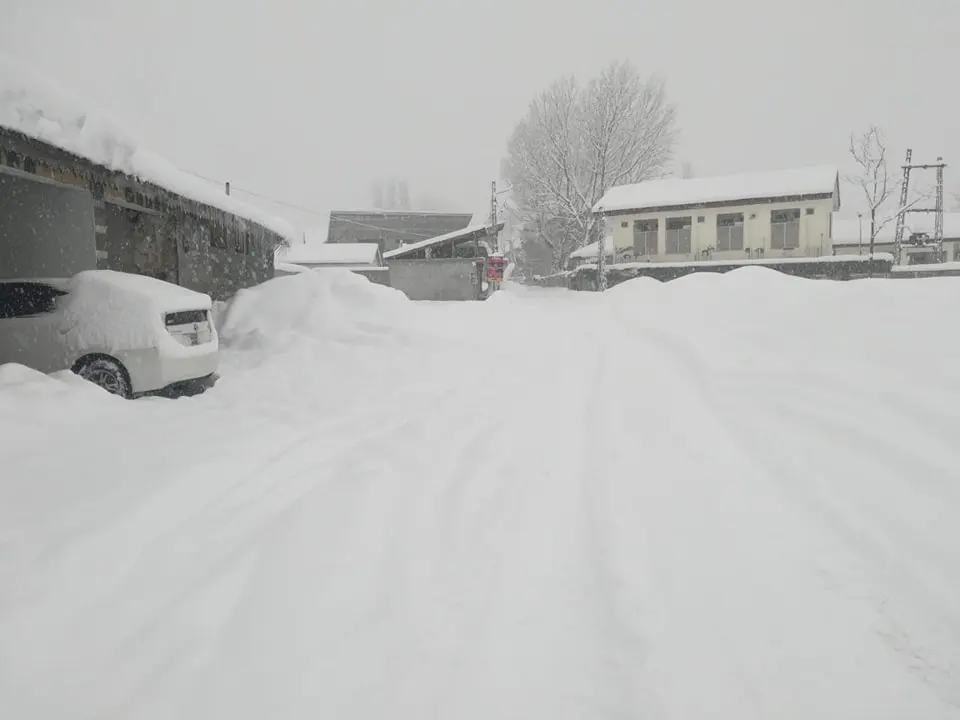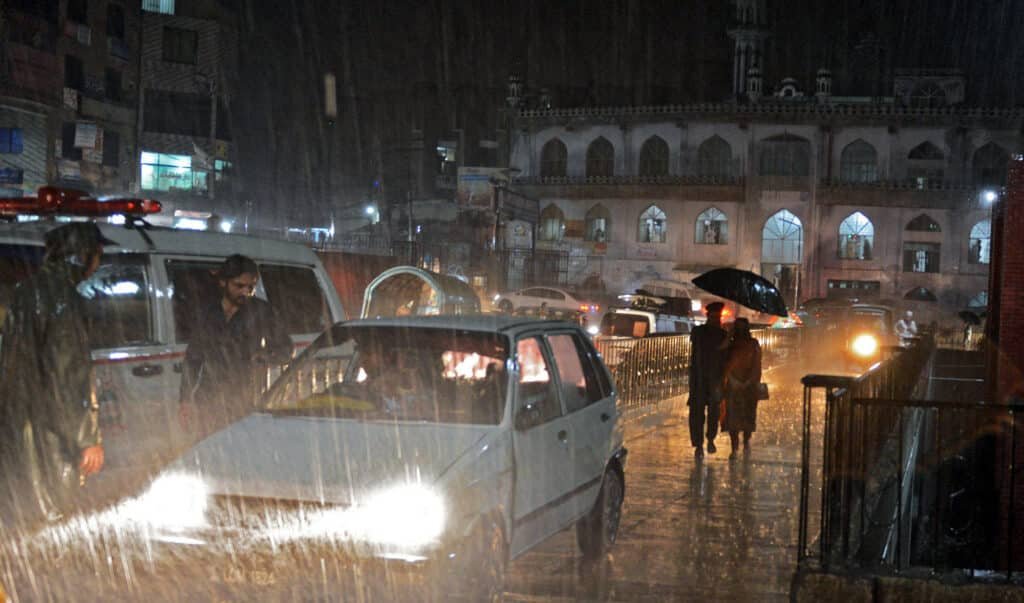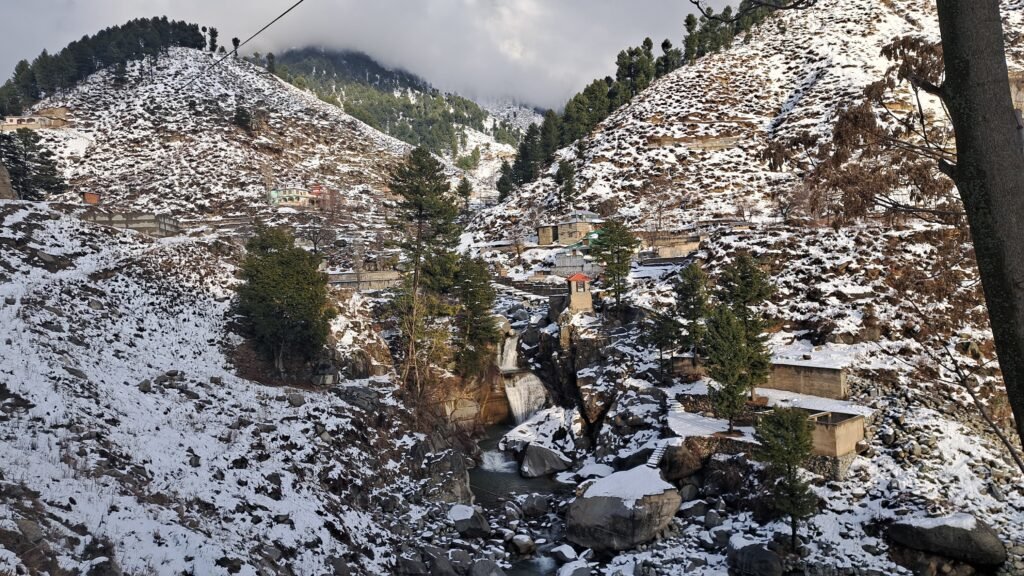The Pakistan Meteorological Department (PMD) has issued a high-alert advisory for a strong monsoon system expected to affect the country from 14 August to 22 August.
The system is likely to bring widespread rain, wind, and thundershowers, with heavy to very heavy falls predicted in parts of Punjab, Islamabad, Khyber-Pakhtunkhwa and Gilgit-Baltistan between August 18 to 21.
More rains-wind/thundershower predicted in the country in coming days#WeatherAdvisory #heavyrainwatch #PakistanWeather #StormPreparedness #monsoon #RainAlert #thunderstorm #MonsoonWatch #StaySafeStayPrepared pic.twitter.com/bUBLwAmzSc
— Pak Met Department محکمہ موسمیات (@pmdgov) August 12, 2025
Balochistan and Sindh are also expected to receive rain, with isolated heavy falls from August 18 to 21.
The PMD had earlier forecast rain from August 13 to 15, but extended and intensified the advisory in its latest update.
Read also: Sixth monsoon spell to hit country from August 4: PMD
A new spell of intense monsoon rains is expected to sweep across Pakistan starting Monday, with the Pakistan Meteorological Department (PMD) warning of flash floods in low-lying areas due to the approaching weather system.
According to the PMD, widespread showers are forecast across the northern and central parts of the country from August 4 to 7. Regions including Azad Jammu and Kashmir and Gilgit-Baltistan are likely to experience heavy downpours and possible cloudbursts.
Khyber Pakhtunkhwa is also expected to see strong winds, thunderstorms, and heavy rainfall, while Punjab and the federal capital—already battered by persistent rains—will continue to face severe weather during this spell.
In the south, scattered rainfall is predicted for parts of Sindh and Balochistan on August 6. Weather experts suggest that the monsoon system may gradually shift southwards from August 10, bringing more rain to Sindh and adjacent areas by mid-August.
Authorities have been alerted to prepare for potential urban flooding, blocked drainage systems, and overflowing streams, especially in vulnerable areas. Citizens in flood-prone regions have been urged to take necessary precautions.
Meteorologists attribute the extended and intensified monsoon activity to climate change, noting that this year’s monsoon may persist into late September—several weeks beyond its usual conclusion in mid-September, particularly in the southern regions.
While monsoon rains play a crucial role in agriculture and water supply, their destructive impact has been amplified in recent years by rapid urbanization, inadequate drainage infrastructure, and the rising frequency of extreme weather events.





